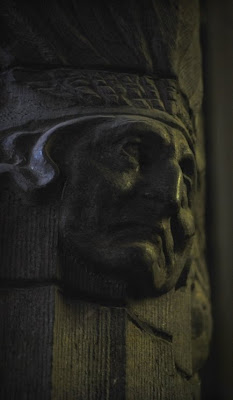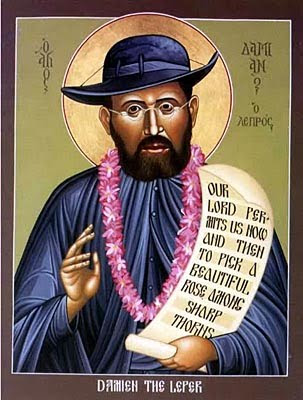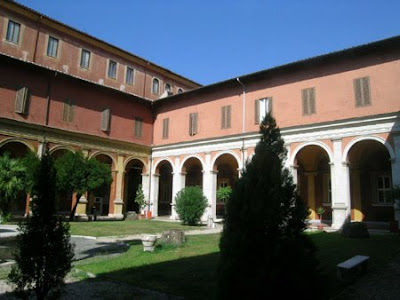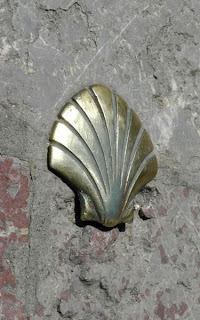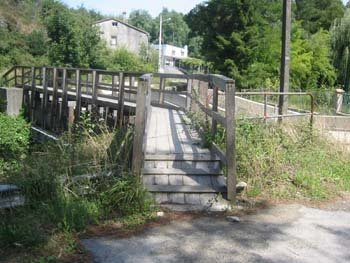Do you know the Preamble for your state? . .
Alabama 1901, Preamble We the people of the State of Alabama , invoking the favor and guidance of Almighty God, do ordain and establish the following Constitution..
Alaska 1956, Preamble We, the people of Alaska , grateful to God and to those who founded our nation and pioneered this great land.
Arizona 1911, Preamble We, the people of the State of Arizona , grateful to Almighty God for our liberties, do ordain this Constitution…
Arkansas 1874, Preamble We, the people of the State of Arkansas , grateful to Almighty God for the privilege of choosing our own form of government…
California 1879, Preamble We, the People of the State of California , grateful to Almighty God for our freedom…
Colorado 1876, Preamble We, the people of Colorado , with profound reverence for the Supreme Ruler of Universe…
Connecticut 1818, Preamble. The People of Connecticut, acknowledging with gratitude the good Providence of God in permitting them to enjoy.
Delaware 1897, Preamble Through Divine Goodness all men have, by nature, the rights of worshipping and serving their Creator according to the dictates of their consciences.
Florida 1885, Preamble We, the people of the State of Florida , grateful to Almighty God for our constitutional liberty, establish this Constitution…
Georgia 1777, Preamble We, the people of Georgia , relying upon protection and guidance of Almighty God, do ordain and establish this Constitution…
Hawaii 1959, Preamble We , the people of Hawaii , Grateful for Divine Guidance … Establish this Constitution.
Idaho 1889, Preamble We, the people of the State of Idaho , grateful to Almighty God for our freedom, to secure its blessings.
Illinois 1870, Preamble We, the people of the State of Illinois, grateful to Almighty God for the civil , political and religious liberty which He hath so long permitted us to enjoy and looking to Him for a blessing on our endeavors.
Indiana 1851, Preamble We, the People of the State of Indiana , grateful to Almighty God for the free exercise of the right to choose our form of government.
Iowa 1857, Preamble We, the People of the State of Iowa , grateful to the Supreme Being for the blessings hitherto enjoyed, and feeling our dependence on Him for a continuation of these blessings, establish this Constitution.
Kansas 1859, Preamble We, the people of Kansas , grateful to Almighty God for our civil and religious privileges establish this Constitution.
Kentucky 1891, Preamble.. We, the people of the Commonwealth are grateful to Almighty God for the civil, political and religious liberties..
Louisiana 1921, Preamble We, the people of the State of Louisiana , grateful to Almighty God for the civil, political and religious liberties we enjoy.
Maine 1820, Preamble We the People of Maine acknowledging with grateful hearts the goodness of the Sovereign Ruler of the Universe in affording us an opportunity .. And imploring His aid and direction.
Maryland 1776, Preamble We, the people of the state of Maryland , grateful to Almighty God for our civil and religious liberty…
Massachusetts 1780, Preamble We…the people of Massachusetts, acknowledging with grateful hearts, the goodness of the Great Legislator of the Universe In the course of His Providence, an opportunity and devoutly imploring His direction
Michigan 1908, Preamble. We, the people of the State of Michigan , grateful to Almighty God for the blessings of freedom, establish this Constitution.
Minnesota, 1857, Preamble We, the people of the State of Minnesota, grateful to God for our civil and religious liberty, and desiring to perpetuate its blessings:
Mississippi 1890, Preamble We, the people of Mississippi in convention assembled, grateful to Almighty God, and invoking His blessing on our work.
Missouri 1845, Preamble We, the people of Missouri , with profound reverence for the Supreme Ruler of the Universe, and grateful for His goodness . Establish this Constitution…
Montana 1889, Preamble. We, the people of Montana , grateful to Almighty God for the blessings of liberty establish this Constitution .
Nebraska 1875, Preamble We, the people, grateful to Almighty God for our freedom . Establish this Constitution.
Nevada 1864, Preamble We the people of the State of Nevada , grateful to Almighty God for our freedom, establish this Constitution…
New Hampshire 1792, Part I. Art. I. Sec. V Every individual has a natural and unalienable right to worship God according to the dictates of his own conscience.
New Jersey 1844, Preamble We, the people of the State of New Jersey, grateful to Almighty God for civil and religious liberty which He hath so long permitted us to enjoy, and looking to Him for a blessing on our endeavors.
New Mexico 1911, Preamble We, the People of New Mexico, grateful to Almighty God for the blessings of liberty..
New York 1846, Preamble We, the people of the State of New York , grateful to Almighty God for our freedom, in order to secure its blessings.
North Carolina 1868, Preamble We the people of the State of North Carolina, grateful to Almighty God, the Sovereign Ruler of Nations, for our civil, political, and religious liberties, and acknowledging our dependence upon Him for the continuance of those…
North Dakota 1889, Preamble We , the people of North Dakota , grateful to Almighty God for the blessings of civil and religious liberty, do ordain…
Ohio 1852, Preamble We the people of the state of Ohio , grateful to Almighty God for our freedom, to secure its blessings and to promote our common.
Oklahoma 1907, Preamble Invoking the guidance of Almighty God, in order to secure and perpetuate the blessings of liberty, establish this
Oregon 1857, Bill of Rights, Article I Section 2. All men shall be secure in the Natural right, to worship Almighty God according to the dictates of their consciences
Pennsylvania 1776, Preamble We, the people of Pennsylvania, grateful to Almighty God for the blessings of civil and religious liberty, and humbly invoking His guidance….
Rhode Island 1842, Preamble. We the People of the State of Rhode Island grateful to Almighty God for the civil and religious liberty which He hath so long permitted us to enjoy, and looking to Him for a blessing…
South Carolina, 1778 Preamble We, the people of the State of South Carolina grateful to God for our liberties, do ordain and establish this Constitution.
South Dakota 1889, Preamble We, the people of South Dakota , grateful to Almighty God for our civil and religious liberties ..
Tennessee 1796, Art. XI..III. That all men have a natural and indefeasible right to worship Almighty God according to the dictates of their conscience…
Texas 1845, Preamble We the People of the Republic of Texas , acknowledging, with gratitude, the grace and beneficence of God.
Utah 1896, Preamble Grateful to Almighty God for life and liberty, we establish this Constitution.
Vermont 1777, Preamble Whereas all government ought to enable the individuals who compose it to enjoy their natural rights, and other blessings which the Author of Existence has bestowed on man ..
Virginia 1776, Bill of Rights, XVI Religion, or the Duty which we owe our Creator can be directed only by Reason and that it is the mutual duty of all to practice Christian Forbearance, Love and Charity towards each other
Washington 1889, Preamble We the People of the State of Washington, grateful to the Supreme Ruler of the Universe for our liberties, do ordain this Constitution
West Virginia 1872, Preamble Since through Divine Providence we enjoy the blessings of civil, political and religious liberty, we, the people of West Virginia reaffirm our faith in and constant reliance upon God …
Wisconsin 1848, Preamble We, the people of Wisconsin, grateful to Almighty God for our freedom, domestic tranquility…
Wyoming 1890, Preamble We, the people of the State of Wyoming , grateful to God for our civil, political, and religious liberties, establish this Constitution…
*It seem that each and every state constitution is unconstitutional if there should truly be a wall of seperation between Church and State...

 The last one is Fr. Jerzy (George) Popielouszko (pictured above). He was martyred by the Polish Communist in 1984. To declare him Venerable on the same day as John Paul II, who did so much to end Communism in Europe, must make both smile in heaven.
The last one is Fr. Jerzy (George) Popielouszko (pictured above). He was martyred by the Polish Communist in 1984. To declare him Venerable on the same day as John Paul II, who did so much to end Communism in Europe, must make both smile in heaven. 





